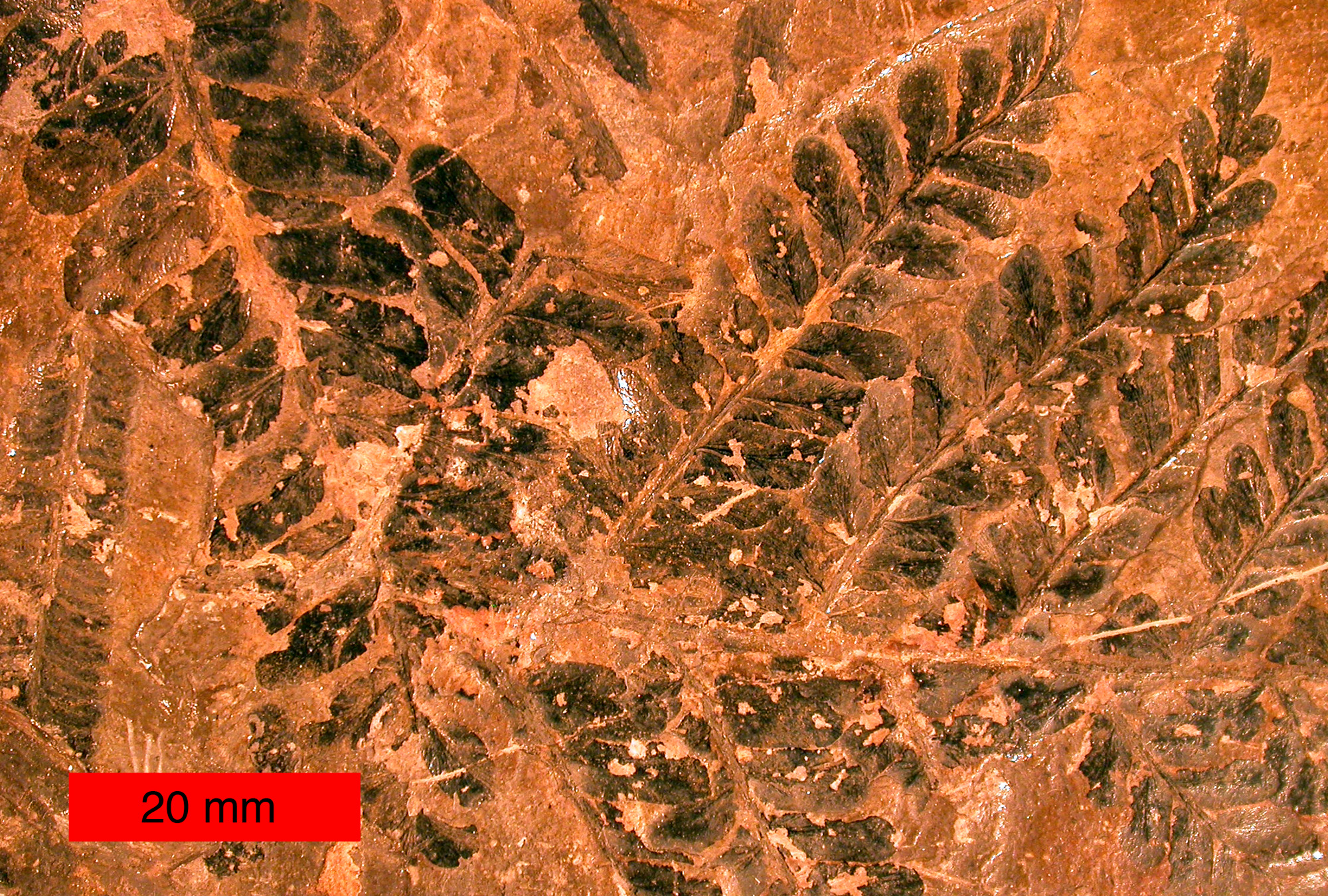|
Calamopityales
The Calamopityales are an extinct order of plants belonging to Pteridospermatophyta The term Pteridospermatophyta (or "seed ferns" or "Pteridospermatopsida") is a polyphyletic group of extinct seed-bearing plants (spermatophytes). The earliest fossil evidence for plants of this type is the genus ''Elkinsia'' of the late Devonian ..., or seed ferns. References Pteridospermatophyta Carboniferous plants Prehistoric plant orders Mississippian first appearances Mississippian extinctions {{carboniferous-plant-stub ... [...More Info...] [...Related Items...] OR: [Wikipedia] [Google] [Baidu] |
Pteridospermatophyta
The term Pteridospermatophyta (or "seed ferns" or "Pteridospermatopsida") is a polyphyletic group of extinct seed-bearing plants (spermatophytes). The earliest fossil evidence for plants of this type is the genus ''Elkinsia'' of the late Devonian age. They flourished particularly during the Carboniferous and Permian periods. Pteridosperms declined during the Mesozoic Era and had mostly disappeared by the end of the Cretaceous Period, though some pteridosperm-like plants seem to have survived into Eocene times, based on fossil finds in Tasmania. With regard to the enduring utility of this division, many palaeobotanists still use the pteridosperm grouping in an informal sense to refer to the seed plants that are not angiosperms, coniferoids (conifers or cordaites), ginkgophytes or cycadophytes (cycads or bennettites). This is particularly useful for extinct seed plant groups whose systematic relationships remain speculative, as they can be classified as pteridosperms with no vali ... [...More Info...] [...Related Items...] OR: [Wikipedia] [Google] [Baidu] |
Calamopityaceae
Calamopityaceae is the largest family of the division of extinct seed-bearing plants (spermatophytes) known as Pteridospermatophyta. This family is characterized by its petioles and specific wood pattern, and it grew only in the Paleozoic era, specifically in North America and Europe. It is divided into three genera based on stem structure: '' Calamopitys'', '' Stenomyelon'', and '' Diichinia''. It was named by Solms-Laubach in 1896. Since then, its genera have been added to and grouped differently, though these three genera are currently depicted as the only genera of this family. Morphology Calamopityaceae is the largest family in Pteriodspermatophyta. This family is composed of gymnosperms, and because of their stem structure discovered through fossil rocks, they are considered to be in this division. However, nothing is known of their reproductive organs, but they are classified as seed plants based on their similarities to the Lyginopteridaceae and Medullasaceae families ... [...More Info...] [...Related Items...] OR: [Wikipedia] [Google] [Baidu] |
Order (biology)
Order ( la, wikt:ordo#Latin, ordo) is one of the eight major hierarchical taxonomic ranks in Linnaean taxonomy. It is classified between Family_(biology), family and Class_(biology), class. In biological classification, the order is a taxonomic rank used in the classification of organisms and recognized by the nomenclature codes. An immediately higher rank, superorder, is sometimes added directly above order, with suborder directly beneath order. An order can also be defined as a group of related families. What does and does not belong to each order is determined by a taxonomist, as is whether a particular order should be recognized at all. Often there is no exact agreement, with different taxonomists each taking a different position. There are no hard rules that a taxonomist needs to follow in describing or recognizing an order. Some taxa are accepted almost universally, while others are recognized only rarely. The name of an order is usually written with a capital letter. Fo ... [...More Info...] [...Related Items...] OR: [Wikipedia] [Google] [Baidu] |
Carboniferous Plants
The Carboniferous ( ) is a geologic period and system of the Paleozoic that spans 60 million years from the end of the Devonian Period million years ago ( Mya), to the beginning of the Permian Period, million years ago. The name ''Carboniferous'' means "coal-bearing", from the Latin '' carbō'' ("coal") and '' ferō'' ("bear, carry"), and refers to the many coal beds formed globally during that time. The first of the modern 'system' names, it was coined by geologists William Conybeare and William Phillips in 1822, based on a study of the British rock succession. The Carboniferous is often treated in North America as two geological periods, the earlier Mississippian and the later Pennsylvanian. Terrestrial animal life was well established by the Carboniferous Period. Tetrapods (four limbed vertebrates), which had originated from lobe-finned fish during the preceding Devonian, became pentadactylous in and diversified during the Carboniferous, including early amphibian lineages ... [...More Info...] [...Related Items...] OR: [Wikipedia] [Google] [Baidu] |
Prehistoric Plant Orders
Prehistory, also known as pre-literary history, is the period of human history between the use of the first stone tools by hominins 3.3 million years ago and the beginning of recorded history with the invention of writing systems. The use of symbols, marks, and images appears very early among humans, but the earliest known writing systems appeared 5000 years ago. It took thousands of years for writing systems to be widely adopted, with writing spreading to almost all cultures by the 19th century. The end of prehistory therefore came at very different times in different places, and the term is less often used in discussing societies where prehistory ended relatively recently. In the early Bronze Age, Sumer in Mesopotamia, the Indus Valley Civilisation, and ancient Egypt were the first civilizations to develop their own scripts and to keep historical records, with their neighbors following. Most other civilizations reached the end of prehistory during the following Iron Age. T ... [...More Info...] [...Related Items...] OR: [Wikipedia] [Google] [Baidu] |
Mississippian First Appearances
Mississippian may refer to: *Mississippian (geology), a subperiod of the Carboniferous period in the geologic timescale, roughly 360 to 325 million years ago *Mississippian culture, a culture of Native American mound-builders from 900 to 1500 AD *Mississippian Railway, a short line railroad *A native of Mississippi Mississippi () is a state in the Southeastern region of the United States, bordered to the north by Tennessee; to the east by Alabama; to the south by the Gulf of Mexico; to the southwest by Louisiana; and to the northwest by Arkansas. Miss ... See also * Mississippi (other) {{Disambiguation ... [...More Info...] [...Related Items...] OR: [Wikipedia] [Google] [Baidu] |
.jpg)



